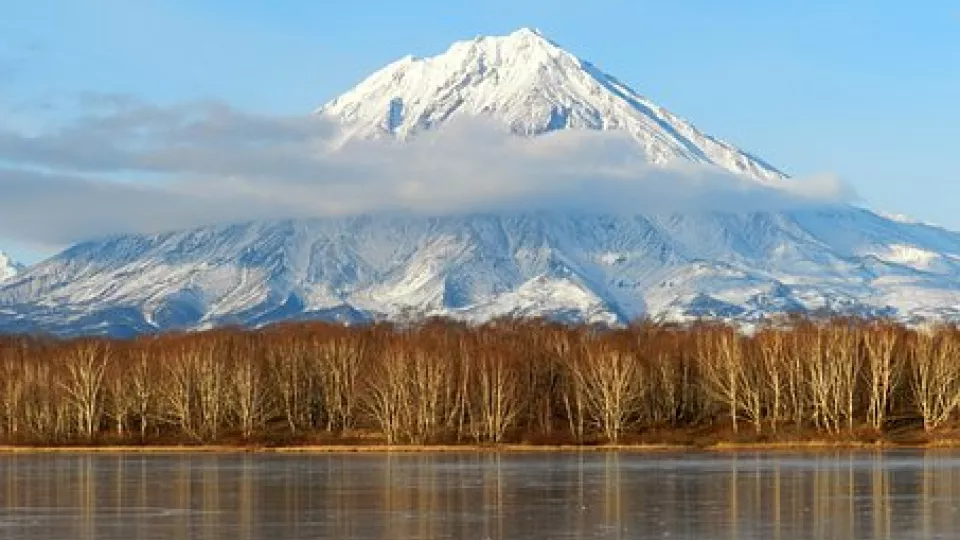It is the first time that vegetation and land use, and in particular at this level of detail, has been included in the climate modeling that is done within EC-Earth, a global climate and earth system model that researchers from Lund University are involved in developing.
“Now we can do targeted experiments to understand the importance of land use and dynamic vegetation for the global climate”, says Paul Miller, lecturer at the Department of Physical Geography and Ecosystem Science at Lund University and researcher at the Center for Environmental and Climate Research, CEC, in Lund.
The climate influences the vegetation – and vice versa
The vegetation on Earth is affected when the climate changes. But vegetation, in turn, also influences the climate. On one hand, this is because of different physical processes, such as evaporation and reflection of solar radiation. These processes vary depending on the type of vegetation in an area. When it is snowing, for example, a grass ecosystem or tundra can become almost completely white and reflect most of the sun's rays, which does not happen to the same extent if an area is wooded. But it’s also about the role of vegetation in the carbon cycle, that is, how much carbon dioxide reaches the atmosphere after exchange via photosynthesis and respiration with everything that grows on land, and decomposition in the soil. Different vegetation and land use have different effects on the atmosphere’s carbon dioxide content. For example, forests usually hold more carbon than an agricultural field does.
With the new model, researchers are now investigating the role that dynamic vegetation and land use play in scenarios where we continue to live as today, without reducing or even increasing our carbon dioxide emissions, and those in which emissions are reduced.
“What, for example, does the future hold for the Amazon and the boreal forest in the northern hemisphere, which are both huge land-based carbon reservoirs? Will the ecosystems on land, such as savannahs, tropical and boreal forests, continue to be carbon sinks in the future, that is, continue taking up carbon from the atmosphere? Will trees take over the current tundra? And how does all this affect the global carbon cycle?” says Paul Miller, who is also coordinator of the research environment MERGE within which the project is coordinated.
The role of nitrogen
With dynamic vegetation it is meant change in vegetation over time, as trees and plants grow and die, compete with each other, react to disturbances such as wildfire, and increase or decrease in extent depending on how the climate changes. But here also the supply of nutrients, and especially nitrogen, is important.
"With a changed climate, new areas can potentially become suitable for vegetation, but if there are not enough nutrients for the plants they cannot survive," explains David Wårlind, a researcher in physical geography who specifically focused on the role of nitrogen cycle in the model. This too – that the nitrogen cycle is included – is somewhat unique. In the latest report from the UN Intergovernmental Panel on Climate Change (IPCC), the results of only two such models were included.
Previously, other climate models, with a simpler representation of vegetation, have shown that changes in vegetation and land use can lead to significant, additional temperature changes regionally. In the model developed in Lund, the researchers work with a completely new level of detail regarding the vegetation, simulating at the individual level, that is, every age class of trees is simulated.
“It is unique with such a detailed description of vegetation”, says Paul Miller.
Agriculture and pasture are also included for the first time.
More realistic future climate scenarios
Overall, Paul Miller hopes that the Lund researchers' contributions will lead to more realistic future climate scenarios and improved understanding of climate change in general.
“All the information we get can help us to come up with better solutions in terms of the emissions and land use changes needed to reverse the global warming trend”, he says.
His colleague Lars Nieradzik, a researcher in physical geography who also worked with the model, agrees. Having all the components that affect the climate in a common model, and not separating them, is really the only reasonable one because atmosphere, land and oceans are interwoven in reality, he emphasizes.
“Being able to simulate the world's ecosystems more realistically in Earth-system models is of the utmost importance because it is actually the only tool we have to be able to estimate the future changes to the climate”.
